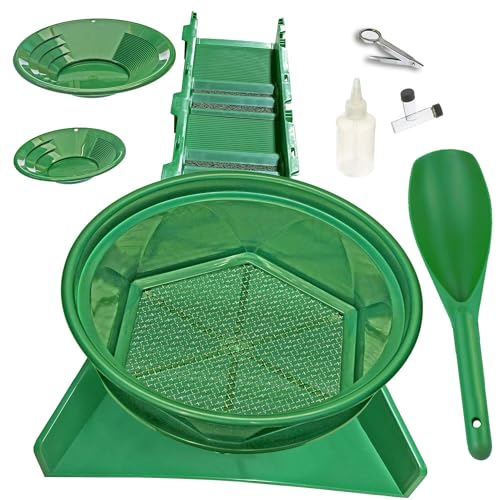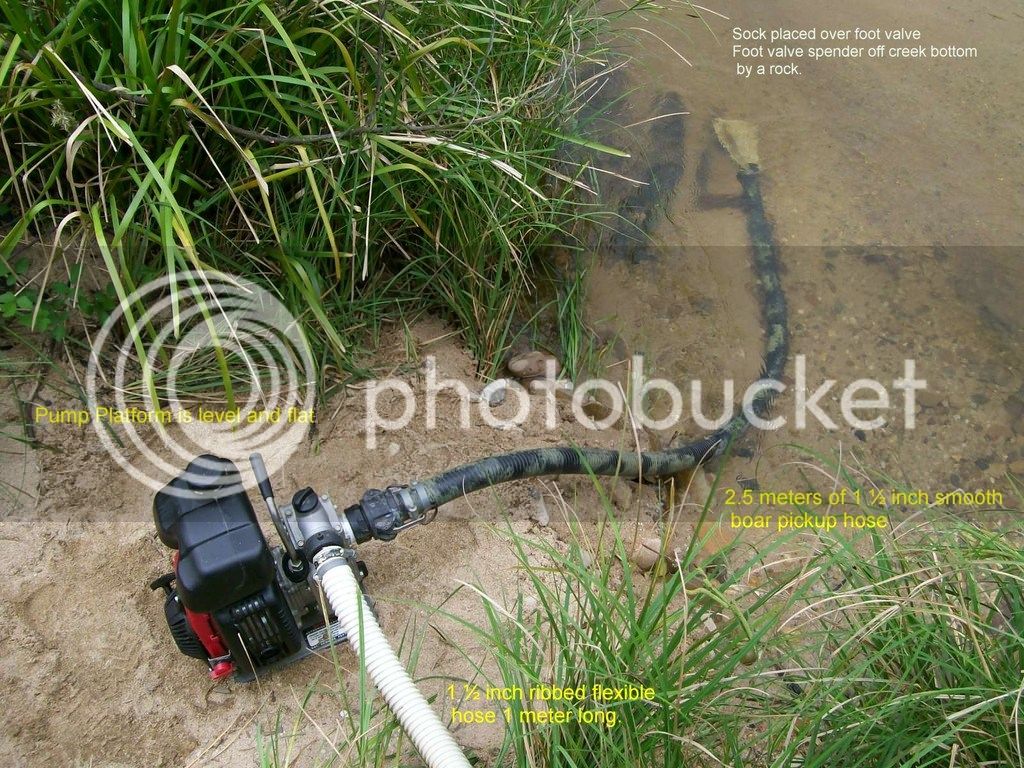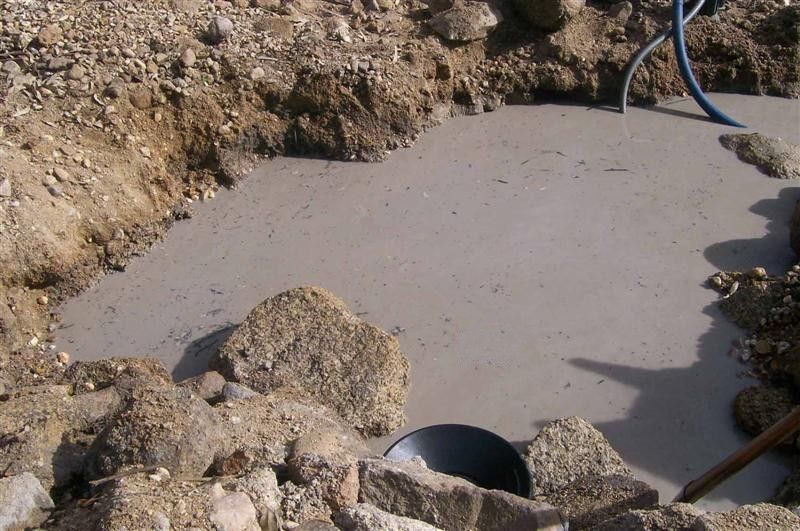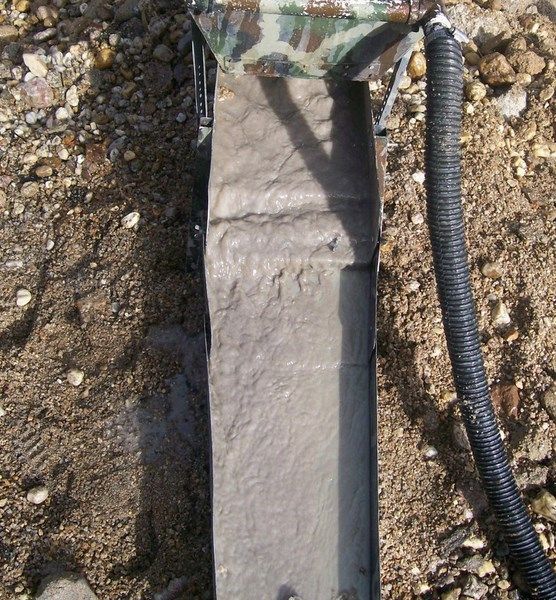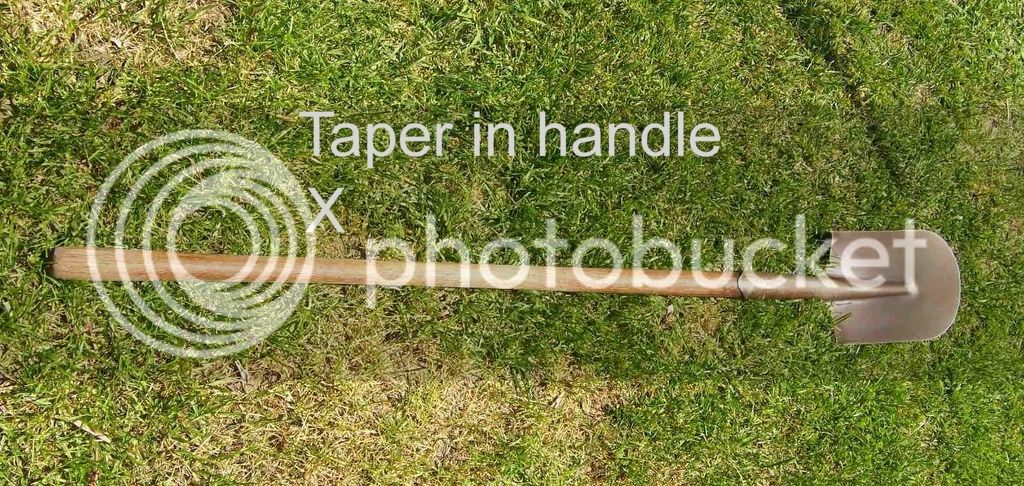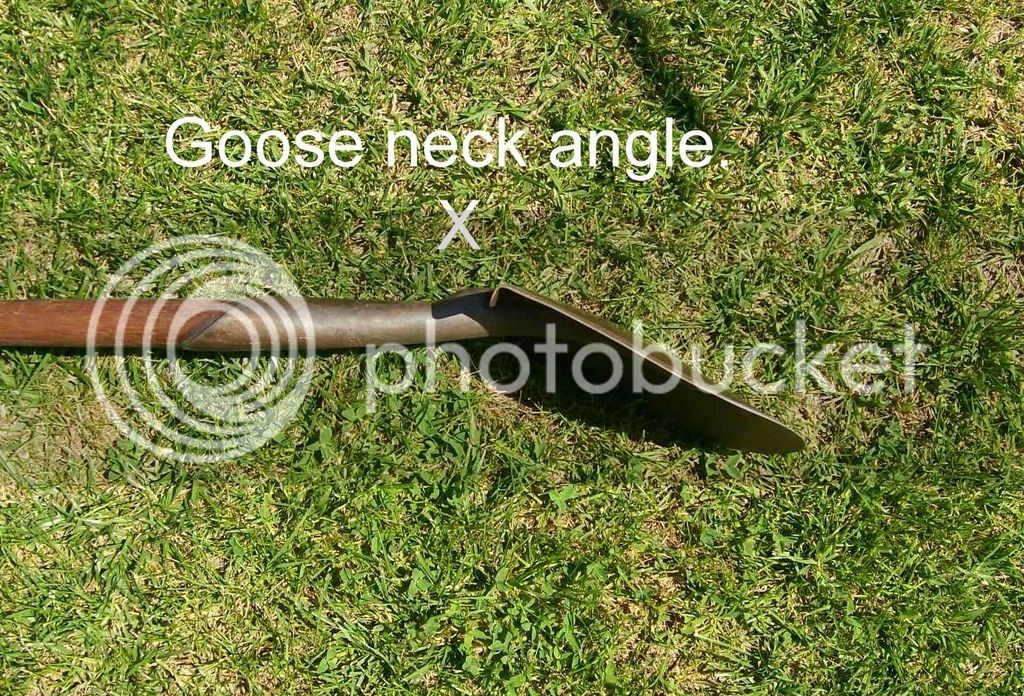G
Guest
You know a lot has been posted about building Bankers and such but not much has been posted on how to work them. I think this can be a good topic and can be a great help to people just starting out. It has struck me that there are a lot of experienced people on site each and every one of us has a few tricks that makes the game a little bit easier.
High-Banking simply stated.
To know how much dirt you have moved. Measure the length of the your dig. For example, the trench may measure 2 meters long. Measure the width of the trench. The same trench may be 1 meter wide. Measure the depth, of the trench . In this example the depth will be 1 meter deep. Multiply the length (L) times the width (W) times the height (H). The formula looks like this: LxWxH to calculate the volume of the trench the formula would be 2 x 1 x 1 = 2 cubic meters
.
1= Dont buy cheap buy quality which turns out cheaper in the long run
.
2= Work in your own style and pace. In this way you will enjoy the experience and be able to work longer.
3= Know how to pan more so how to finish off. Learn the back wash when finishing of a pan.
4= Never put overburden on top of un-worked ground put it behind you on ground that has been worked..
5=Be aware of heavy mineralisation which can and will clog your system and shoot the gold out the end of your unit. Clean out often in this situation.
6= Test pan the area you are working as you work. No point putting ground through if it has no gold in it.
7= Always backfill your work and flatten your rock pile. This makes the dig area look respectable.
8= its a good idea not to use a shot handle shovel but go for a long handle rounded blade shovel. Your back will thank you for it. Having a rounded nose on the shovel blade you get a lot less resistance in rocky areas by comparison to a flat blade shovel.
9= To keep gear clean of any type of oils. New gear must be washed with biodegradable detergent.
10= It is easier to take the water to the dirt, than the dirt to the water. This will cut your work load by half. Remember You only get back from what you put through.
11= The angle of the bottom sluice in relation to the size gold you are working. Course gold hard and fast. Fine gold low and slow. That the rule I work too.
12= when pumping distance say up to and over 100 meters start the run at 4x 20 meter lengths of 2 inch lay flat reducing back to one and a half inch lay flat for the rest. This cuts down on water friction within the hose.
13= In your lay flat make sure there are no kinks in the hose between the pump and unit. This will have an effect on operational pressure.
14= The pumps pickup hose (from the pump to water supply} this hose should have a smooth boar on the inside. If it does not the ribbed hose will suck air one day and make your pumps output very poor.
15= respect anothers mans dig try and keep a respectable distance from any one else working the same area.
The above is the style and manner to which I work. There is proudly more that I can add like keeping your feet dry in the winter. But I think the above is a good start for any one kicking off so to speak. For our more experienced guys it would be good if you can add a bit to this.
High-Banking simply stated.
To know how much dirt you have moved. Measure the length of the your dig. For example, the trench may measure 2 meters long. Measure the width of the trench. The same trench may be 1 meter wide. Measure the depth, of the trench . In this example the depth will be 1 meter deep. Multiply the length (L) times the width (W) times the height (H). The formula looks like this: LxWxH to calculate the volume of the trench the formula would be 2 x 1 x 1 = 2 cubic meters
.
1= Dont buy cheap buy quality which turns out cheaper in the long run
.
2= Work in your own style and pace. In this way you will enjoy the experience and be able to work longer.
3= Know how to pan more so how to finish off. Learn the back wash when finishing of a pan.
4= Never put overburden on top of un-worked ground put it behind you on ground that has been worked..
5=Be aware of heavy mineralisation which can and will clog your system and shoot the gold out the end of your unit. Clean out often in this situation.
6= Test pan the area you are working as you work. No point putting ground through if it has no gold in it.
7= Always backfill your work and flatten your rock pile. This makes the dig area look respectable.
8= its a good idea not to use a shot handle shovel but go for a long handle rounded blade shovel. Your back will thank you for it. Having a rounded nose on the shovel blade you get a lot less resistance in rocky areas by comparison to a flat blade shovel.
9= To keep gear clean of any type of oils. New gear must be washed with biodegradable detergent.
10= It is easier to take the water to the dirt, than the dirt to the water. This will cut your work load by half. Remember You only get back from what you put through.
11= The angle of the bottom sluice in relation to the size gold you are working. Course gold hard and fast. Fine gold low and slow. That the rule I work too.
12= when pumping distance say up to and over 100 meters start the run at 4x 20 meter lengths of 2 inch lay flat reducing back to one and a half inch lay flat for the rest. This cuts down on water friction within the hose.
13= In your lay flat make sure there are no kinks in the hose between the pump and unit. This will have an effect on operational pressure.
14= The pumps pickup hose (from the pump to water supply} this hose should have a smooth boar on the inside. If it does not the ribbed hose will suck air one day and make your pumps output very poor.
15= respect anothers mans dig try and keep a respectable distance from any one else working the same area.
The above is the style and manner to which I work. There is proudly more that I can add like keeping your feet dry in the winter. But I think the above is a good start for any one kicking off so to speak. For our more experienced guys it would be good if you can add a bit to this.




